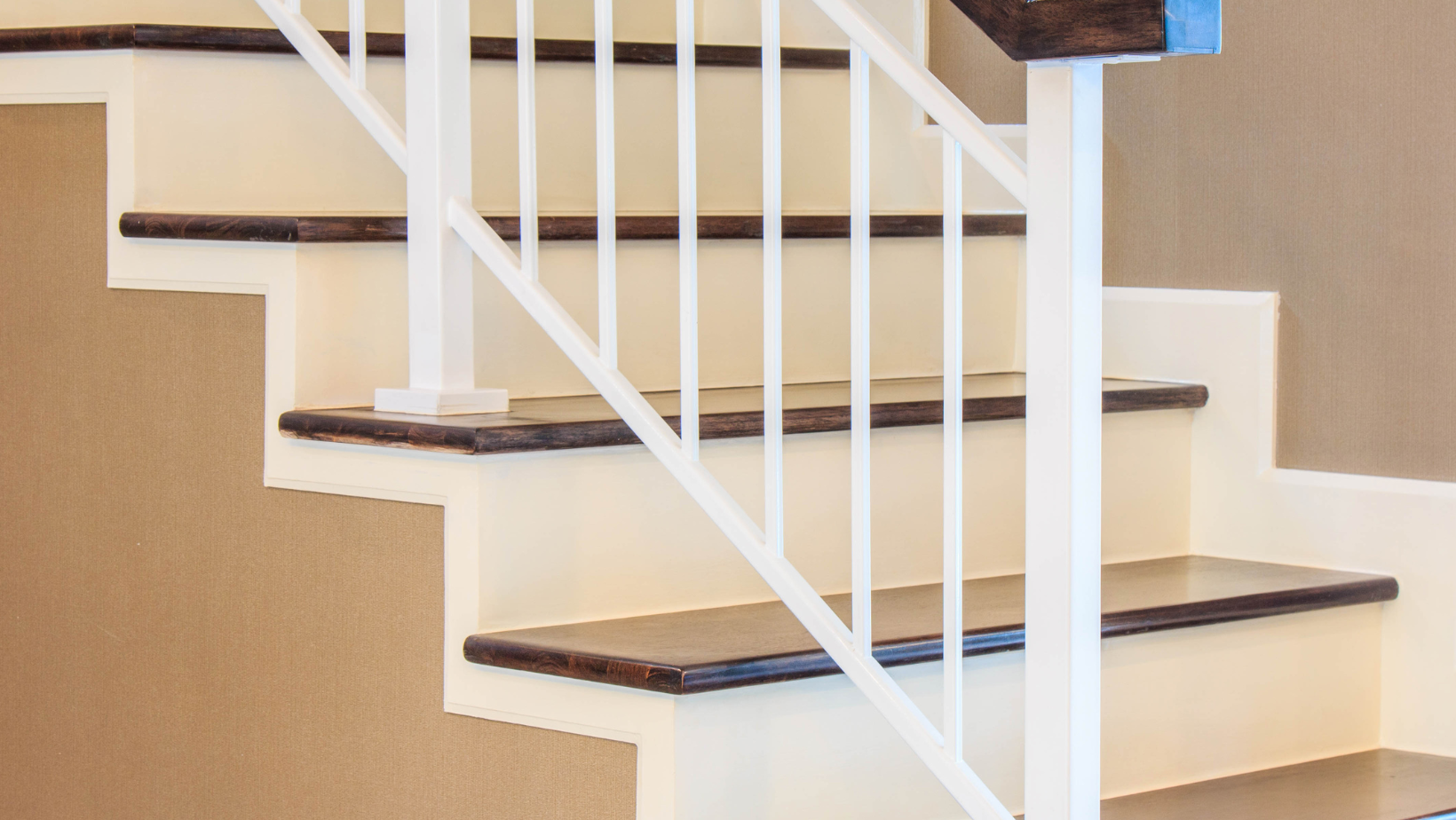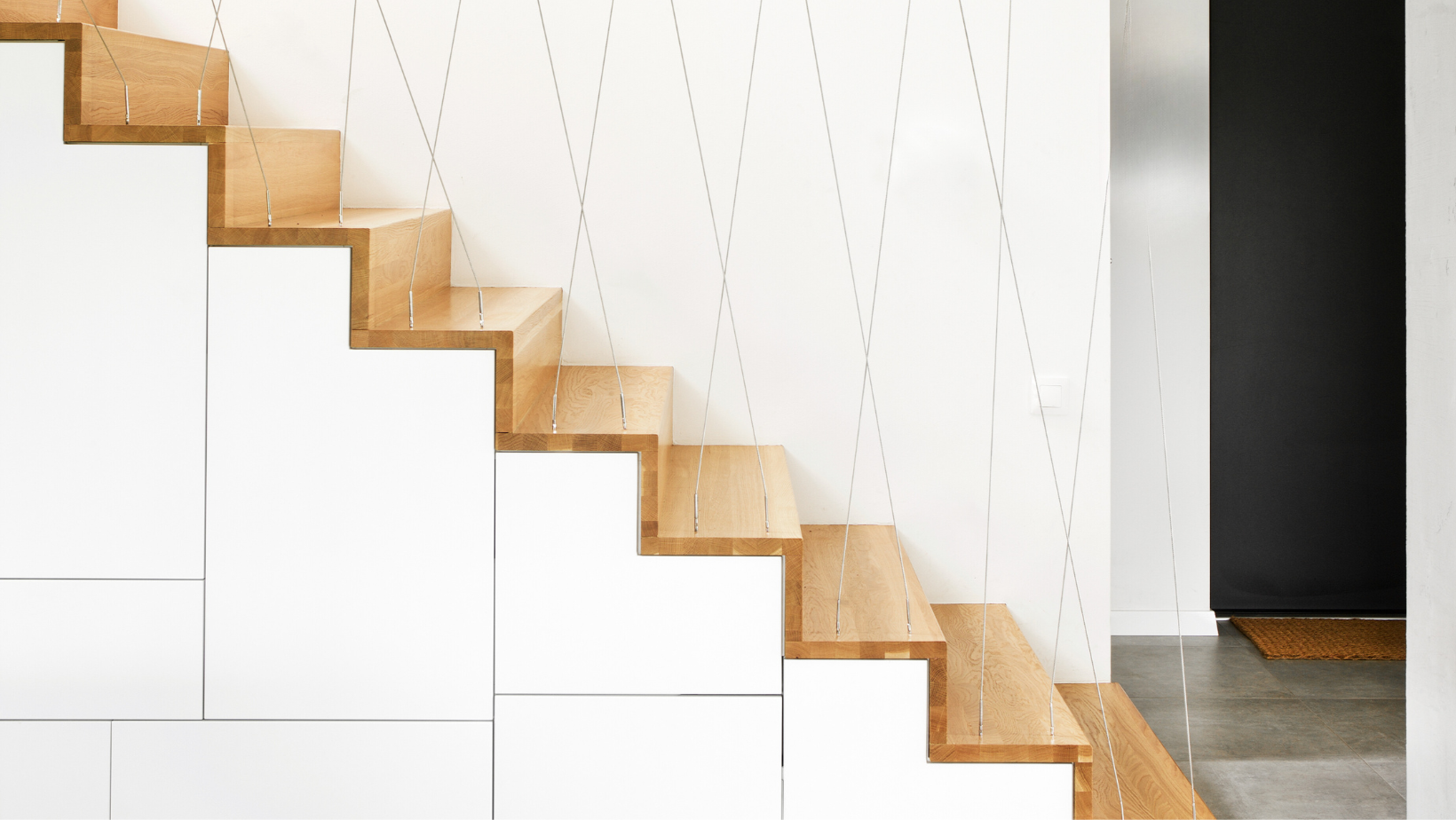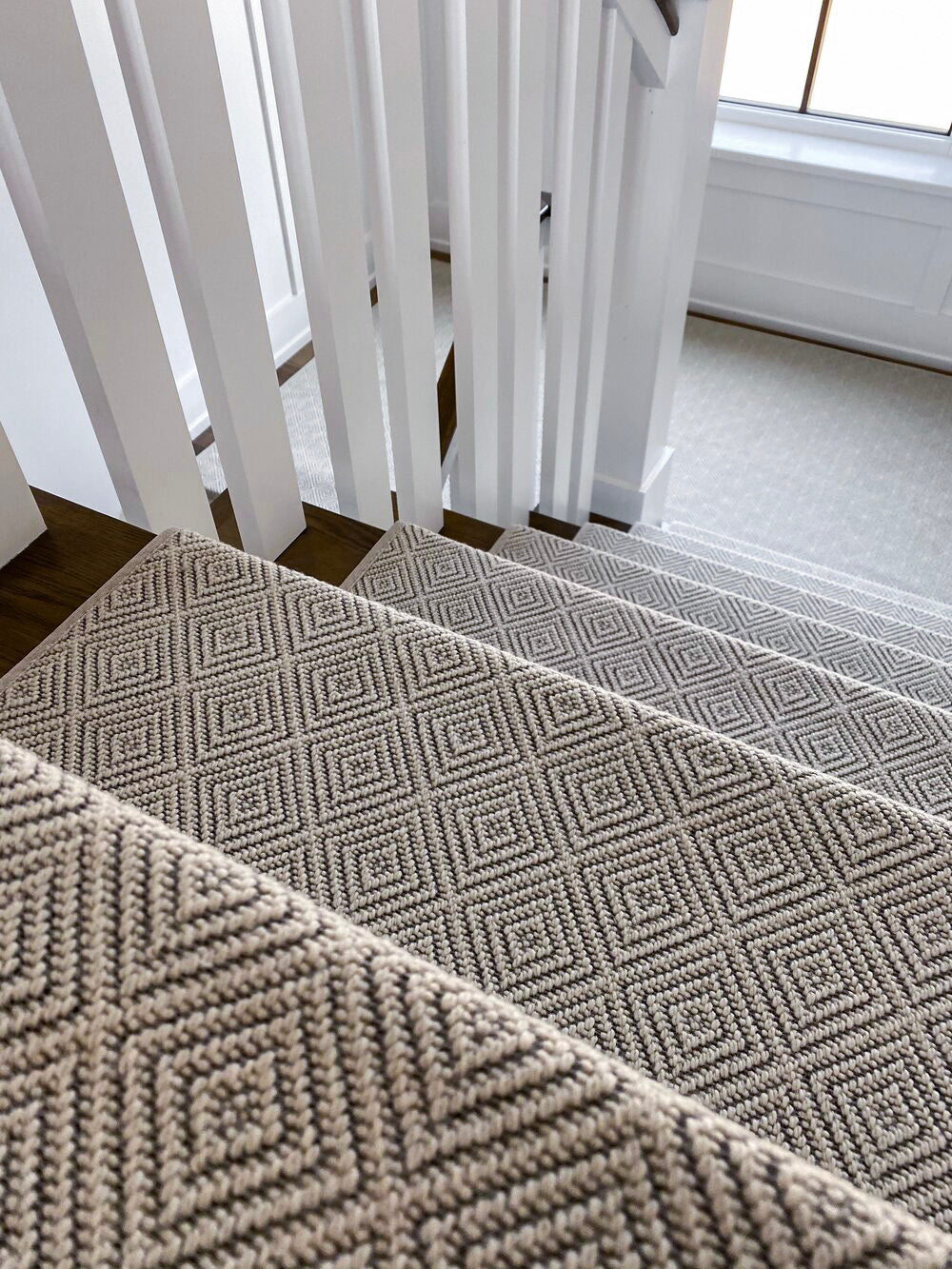Is your deck showing signs of wear and tear, especially on the stairs?
Knowing how to replace deck stair treads starts with removing the old boards, inspecting the structure, and securely installing new, weather-resistant treads.
This quick upgrade instantly boosts safety, improves curb appeal, and gives your outdoor space a refreshed, polished look.
In this guide, you’ll learn step-by-step how to choose materials, measure and cut treads, and secure them for long-term durability.
We’ll also explore when to use carpet stair treads for added comfort and traction.
Whether you're fixing one step or updating the whole staircase, this walkthrough has everything you need to do it right.
Removing Old Deck Stair Treads
Before you can rebuild, you’ll need to carefully remove what’s already there.
Grab a crowbar or hammer and gently pry up each tread.
Work slowly to avoid damaging the stair stringers—the structural boards that hold the treads in place.
While you’re at it, take a close look at those stringers.
If they’re cracked, soft, or worn, they’ll need repairing before you move forward.
Don’t forget safety gear—gloves, safety glasses, and sturdy shoes.
Some staircases use nails or screws that can be jagged or rusted over time.
Taking care upfront ensures you’re not fixing more than you planned to.
If the old stair treads are salvageable, consider upcycling them for garden projects or outdoor decor.
If not, dispose of them according to your local waste management guidelines, especially if they’ve been treated with chemicals.
Installing New Deck Stair Treads
Once the old treads are off and your base is solid, it’s time to rebuild.
Here's how to replace deck stair treads in a way that lasts.
1. Choose the Right Material
Pick something that matches your climate and your style.
Composite stair treads are popular because they resist weather and need little upkeep.
Natural wood like cedar or teak adds charm, but will require sealing and maintenance over time.
Consider moisture levels, sun exposure, and how often the stairs are used.
Families with pets or kids should prioritize slip resistance and comfort.
In snowy or rainy climates, non-slip coatings or textured composites can go a long way in preventing falls.
2. Measure and Cut
Measure your old treads or the space between stringers.
Then, cut your new ones using a circular saw.
Make sure each tread is level and the same size to avoid tripping hazards.
Use a measuring tape and square to double-check your dimensions before cutting.
Mark your boards with a pencil and cut slowly, especially if using hardwoods or dense composite materials.
Even a small inconsistency can lead to uneven steps, so precision matters.
3. Secure the Treads
Line up the new tread on the stringers and secure it with decking screws.
If you're working with wood, pre-drill the holes to keep it from splitting.
Composite treads often require special screws, so follow the manufacturer’s guidance.
Use galvanized or stainless steel screws to avoid rust.
Space screws evenly for a clean finish—this not only looks great but adds stability too.
Tight, flush screw heads are key to avoiding stubbed toes or snags.
4. Finish and Seal
Wood treads need a protective finish.
Choose one that’s weather-resistant and slip-proof.
If you’re using composite, just give it a good clean, and you’re done.
For wood, a UV-blocking sealant helps preserve color and texture, while waterproofing prevents rot.
Reapply as needed each season, especially if your stairs see a lot of wear or extreme weather.
What’s the Best Material for Deck Stair Treads?
You want something strong, slip-resistant, and easy on the eyes.
Here are a few top options:
-
Composite – Durable, low maintenance, and ideal for wet or sunny areas
-
Cedar or Teak – Naturally resistant to moisture and insects
-
Pressure-treated wood – Budget-friendly, but requires regular sealing
-
Redwood – Beautiful and naturally decay-resistant
-
PVC or Vinyl-Wrapped Boards – Weather-resistant with a clean, modern look
Choose a material that fits your lifestyle. If you love a rustic cabin look, wood might be your go-to.
If you're a busy parent juggling sports practice and Zoom calls, composite could be your new best friend.
How to Make Deck Stair Treads Safer
Safety should always be top of mind when it comes to stairs—especially outdoor ones.
Here are a few easy ways to make your treads even safer:
-
Add Grip Tape: Available in clear or black, this peel-and-stick strip adds traction
-
Use Textured Materials: Many composite treads have natural grooves for grip
-
Rounded Edges: These reduce stubbed toes and sharp corners
-
Good Lighting: Solar lights or motion-detecting fixtures help prevent trips at night
-
Handrails: Secure handrails on both sides make a huge difference for young kids, elderly family members, or even carrying groceries inside
When you’re thinking about how to replace a broken stair tread, don’t just patch the damage—use it as a moment to upgrade safety features for the whole family.
How to Replace a Broken Stair Tread
A cracked or broken stair tread is more than an eyesore—it’s a serious safety risk.
To fix it, remove the damaged tread just like you would for a full replacement.
Unscrew or pry it off the stringers carefully, making sure not to loosen or splinter the support structure underneath.
Inspect the surrounding area for damage—especially on adjacent treads or risers.
Once removed, follow the same cutting, measuring, and installation steps as before.
Whether it’s one tread or ten, quality and consistency matter.
Fixing a broken tread is an opportunity to improve not just the structure but the look and feel of your deck.
Design Tips for a Beautiful Outdoor Staircase
When you're already working on how to replace deck stair treads, it’s a great time to elevate your whole staircase design.
Try these ideas:
-
Mix Wood and Metal: Wood treads with black metal railings create a timeless farmhouse look
-
Color-Coordinate with Your Deck: Match or complement your deck color for visual flow
-
Add Indoor/Outdoor Carpet Treads: These soft coverings add texture, warmth, and slip resistance
-
Paint the Risers: A crisp white or bold accent color on risers adds pop
-
Extend the Landing: If space allows, extend your staircase landing for a cozier, more welcoming entry
Even small details can create a big impression.
Your stairs shouldn’t just be safe—they should be beautiful, too.
How Much Does It Cost to Replace Stair Treads?
The cost of a stair tread replacement project varies depending on the materials you choose and whether you do the work yourself.
For example:
-
Pressure-treated wood treads: $20–$30 each
-
Cedar or redwood: $30–$50 per tread
-
Composite treads: $50+ each, depending on brand and features
-
Premium wood or custom orders: $60+ each
If you hire a contractor, labor costs could add another $50–$100 per step.
But if you’re confident with basic tools and a little planning, this is one of those projects where you can save a lot by going the DIY route.
Not only do you reduce costs—you also gain that satisfying “I did this myself” feeling.
Replacing a set of six steps with composite material, for instance, might cost around $300 in materials.
Compare that to $600–$800 installed by a pro.
That’s why so many homeowners today are choosing to take on this project themselves.
When Should You Replace Deck Stair Treads?
You don’t need to wait for a stair to break before replacing it.
Here are some signs it might be time to upgrade:
-
Creaking or soft spots underfoot
-
Splinters or cracks in the tread surface
-
Loose boards or shifting when stepped on
-
Visible rot or mold, especially on wood stairs
-
Slippery surfaces even after cleaning
If your stairs feel unsafe—or just dated—it’s worth tackling the project before accidents happen.
Remember: you’re not just replacing treads.
You’re investing in your family’s comfort and safety.
Stepping It Up
Replacing deck stair treads is more than a fix—it’s an upgrade that adds beauty, safety, and pride to your home.
Whether you’re repairing a single broken tread or reimagining the entire staircase, you’ve got the power to transform your outdoor space in just a weekend.
It’s the kind of project that shows your home a little love—and gives you a return in everyday comfort.
If you want a softer step, a safer grip, or a stairway that welcomes your family in style, Oak Valley Designs is here to help.
Our customizable, pet-friendly stair treads are made right here in the USA, with craftsmanship you can trust.
Because your stairs aren’t just a way to get from one level to another.
They’re where life happens. Let’s make every step count.
Start Your Stair Upgrade Today
-
Website: https://oakvalleydesigns.com/
-
Phone: 706.331.0315
-
Email: info@oakvalleydesigns.com
-
Address: 30 River Ct SW Bldg E Cartersville, Ga 30120




